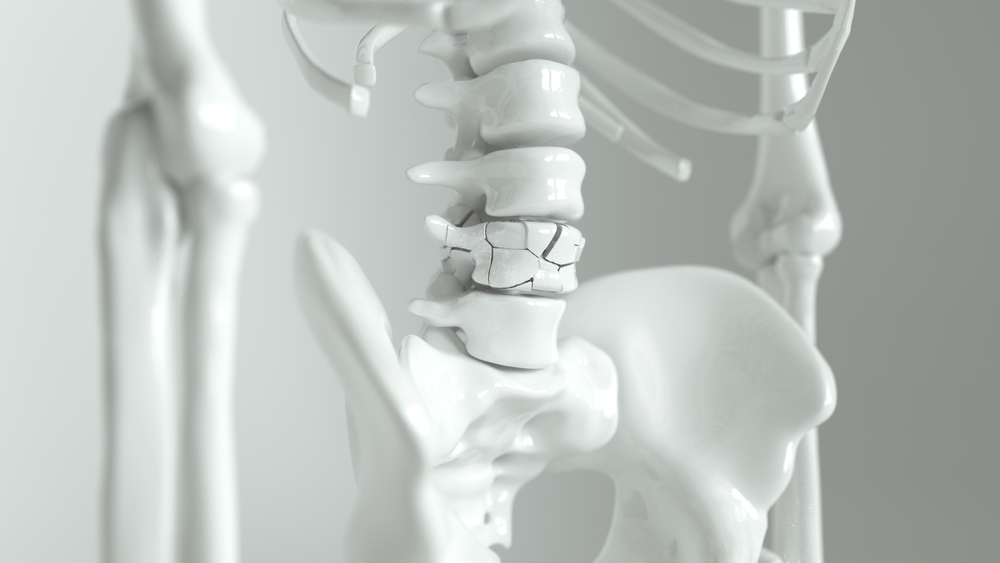
What Is Spinal Cord Injury? What To Do If You Witness Serious Accidents or Trauma? | You need to know
What does the spinal cord do?
Our nervous system works by transmitting electrical signals between different parts of the body. This is done through long cells that act like signal cables, called neurons, often bundled together as nerves. Nerves connect the processing part of our brain to various sensors that tell our brain about our environment. Based on these inputs, your brain decides what to do and sends the signal through nerves to the parts that allow us or our body to act - our muscles or glands. There is also a completely separate nervous system that helps to tweak body functions as per the context. This is called the autonomous nervous system.
All nerves that connect various parts of our body are consolidated into bundles that run to the brain through the inside of your backbone, together called the spinal cord. The nerves from each level of your body join the spinal cord separately through spaces between the parts of the backbone called inter-vertebral spaces.
It serves as the main cable connecting your brain and the body. It houses nerves conducting sensory functions, motor functions, and autonomous functions, packed together in a tight space.
How can the spinal cord get injured?
- Motor vehicle accidents - The most common cause leading to almost 40% of cases
- Falls with weak bones - Usually in old age >65 years
- Gunshot wounds and other trauma
- Sports injuries
- Surgical complications
Are back injury and spinal cord injury the same?
Back injury affects the bones or muscles in the back but does not affect the spinal cord. Spinal cord injury may co-exist with a back injury in cases of accidents etc. In the case of spinal cord injury, the symptoms are quite widespread and may include:
- Breathing & heart rate
- Bladder & bowel function
- Muscle movements
- Sensations in the body
- Reflexes
How can you identify a spinal cord injury?
Since spinal cord injury is a serious condition that has complications, it is important to keep the possibility in mind when you come across a serious injury or accident. Anybody who has been through a serious injury should be checked by a medical professional for any signs of spinal cord injury. This is because in many cases, the injury is not very obvious immediately and can get complicated if it goes unnoticed. It is better to suspect a spinal cord injury and take precautions until it is evaluated by medical personnel.
- There may be no immediate symptoms of the spinal cord injury
- Symptoms may set in suddenly or gradually
- The time between injury and medical care can significantly improve recovery
The usual signs and symptoms immediately after an accident MAY include:
- Extreme sharp pain in the back, head, or neck
- Numbness, weakness, and loss of sensation or ability to move in different parts of the body
- Loss of ability to control urine and bowel movements
- Problems with balance and walking
- Breathing difficulty
- Visibly distorted position of back or neck
What can you do if you suspect someone may have a spinal cord injury?
As discussed above, anticipate the person may have a serious spinal cord injury until a medical professional says otherwise after examination and tests. It is important to keep the following and spread this information to people around you so that your actions to help the person do not end up causing them further damage or paralysis.
- Call an ambulance
- DO NOT move the injured person until an ambulance with the necessary facilities arrive or move in such a way that there is no movement at the level of Backbone
- Keep the person still
- Place heavy rugs or cloth on both sides of the head and neck to prevent the person from turning their head
- You may give first aid or help stop any bleeding while ensuring there is no movement of the back, head, or neck.


